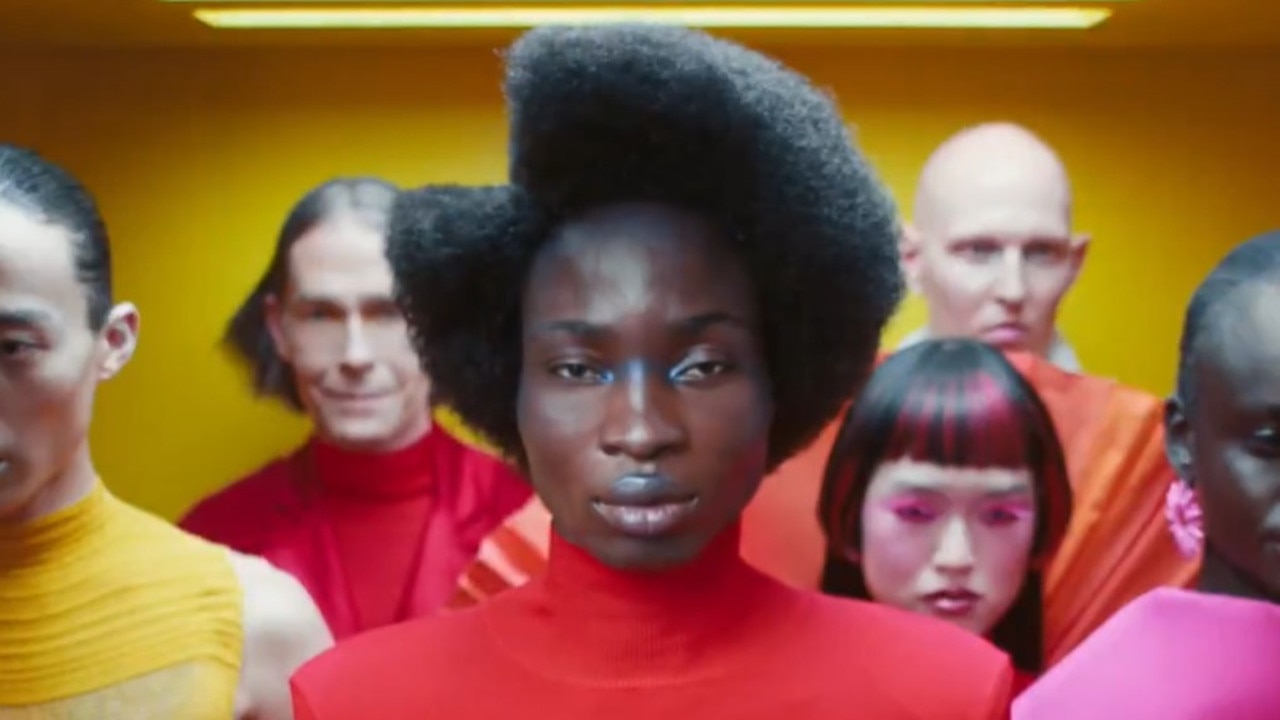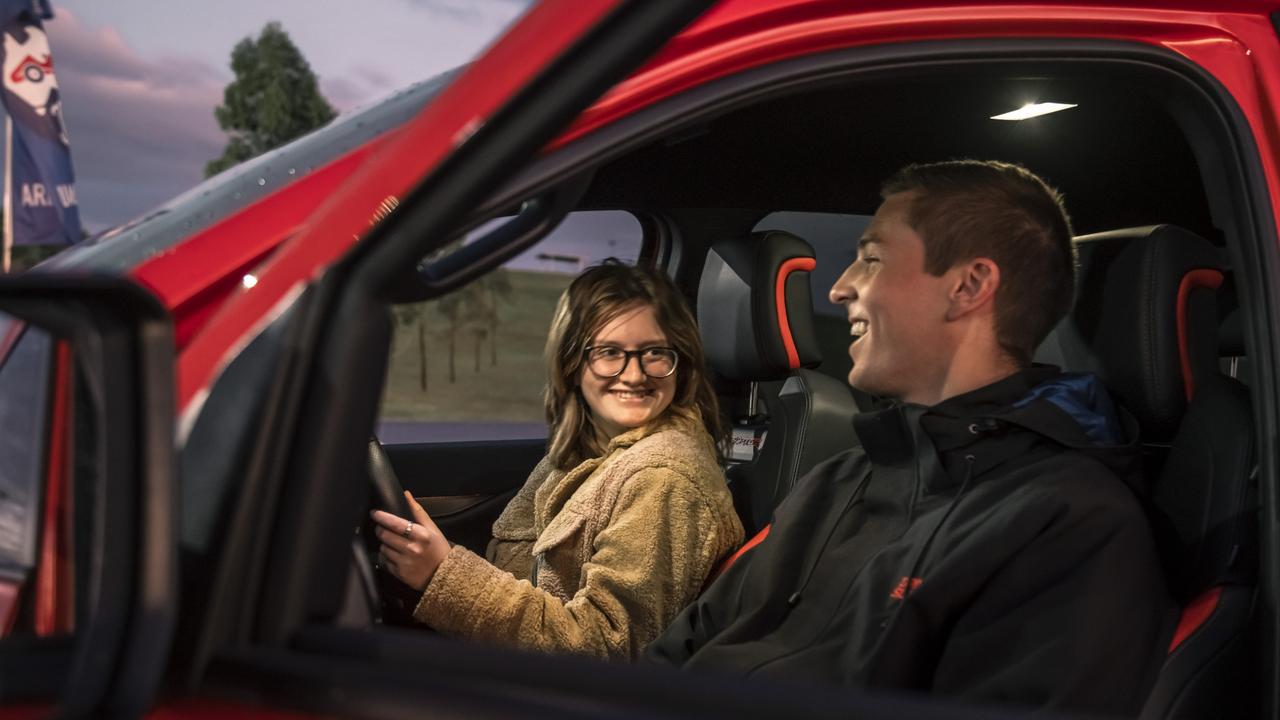China’s ‘Big Dog’ and ‘Good Cat’ cars under consideration
Though its next-generation cars might have funny names, Great Wall Motors’ ambitions in Australia are no laughing matter.

Motoring
Don't miss out on the headlines from Motoring. Followed categories will be added to My News.
Chinese car maker Great Wall Motors aims to take on the likes of Toyota and Ford as a top 10 contender in the Australian new car market.
The key to its success could lie in new models under strong consideration for Australia.
Some of the new models have unconventional names.
Monikers for the “Big Dog” compact SUV and “Good Cat” electric car were chosen by the sort of public polls that delivered “Boaty McBoatface” to marine scientists in Britain.
Rejected names included “Reactor” and “Battle Axe”.
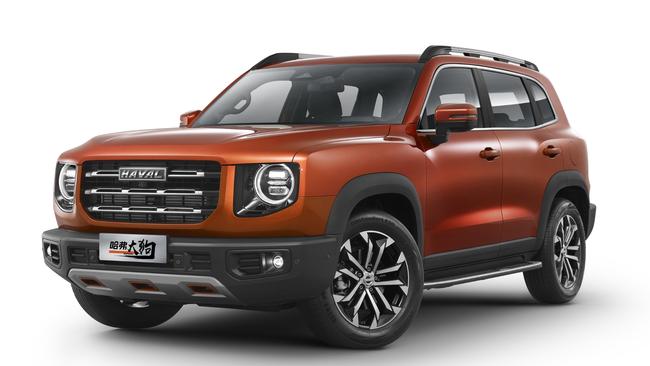
GWM’s local head of marketing, Steve Maciver, says names like “Big Dog” are “something we could have some fun with”, and should prove more memorable than alphanumeric combinations found on the Haval H2 and H6.
Based on Haval’s H6 crossover, which is about the same size as a Mazda CX-5, the “Big Dog” combines a turbocharged 155kW/325Nm engine and seven-speed dual-clutch automatic transmission with variable all-wheel-drive.
Prototype examples of the Big Dog are already in Australia for evaluation.
Given it is mechanically identical to the Haval H6 already sold here, and Australia has a strong appetite for SUVs, the Big Dog has a better chance than the Good Cat of making it to showrooms.

Offered in China under GWM’s “Ora” electric car brand, the Good Cat has a cute Mini-like face and similar proportions to Nissan’s Leaf electric car.
Power comes from a 105kW/210Nm electric motor linked to a battery with up to 500 kilometres of range.
The machine has the potential to undercut MG’s ZS EV to become Australia’s cheapest car, but Maciver’s team isn’t sure there is a profitable business case in cut-price electric runabouts right now.
But the Tank 300 is much more likely to get a start.
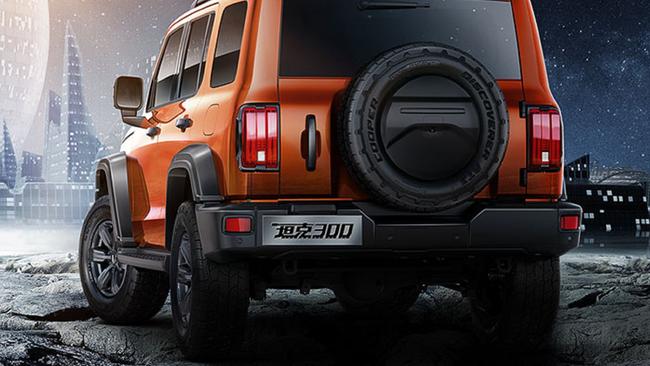
Pitched as a cut-price Toyota Prado or Jeep Wrangler, the Tank 300 blends Mercedes-inspired interior styling with a proper four-wheel-drive system and the choice of petrol or diesel power.
Prototype examples in Australia have a 167kW/387Nm engine and eight-speed automatic transmission, along with 227mm of ground clearance and the ability to tow three tonnes.
Though early efforts from GWM have fallen short of class leaders, Maciver says the ability to make rapid changes as a result of feedback is one of the brand’s strengths.

Rival manufacturers might wait three years for a model’s mid-life facelift to implement tweaks demanded by early adopters or automotive media, but GWM claims to be able to make multiple running changes in the first 12 months of production.
As a case in point, the GWM Cannon ute is about to benefit from new throttle mapping intended to improve off-the-mark acceleration and reduce rolling turbo lag.
The Cannon is also set to be available in new two-wheel-drive automatic and four-wheel-drive manual forms in coming weeks.
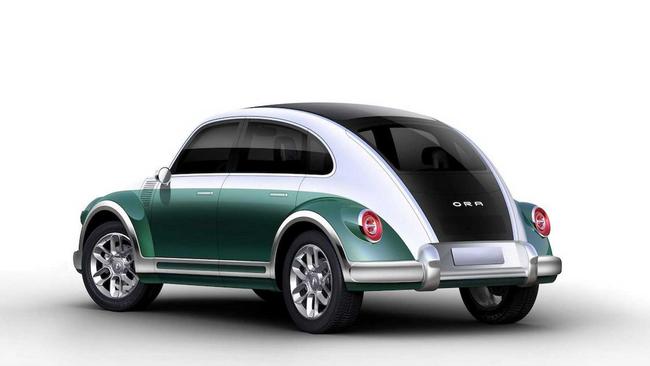
GWM’s Australian arm says it has not modelled itself on the success of rival Chinese marque MG, which offers Australia’s most popular light hatchback and has become a regular in the sales chart’s top 10, beating household names such as Honda.
Haval and GWM are on track to sell around 18,000 cars in Australia this year.
You can count on seeing an explosion in advertising for GWM and its models in the near future. There might even be a Big Dog nipping at the heels of established models.
Originally published as China’s ‘Big Dog’ and ‘Good Cat’ cars under consideration

